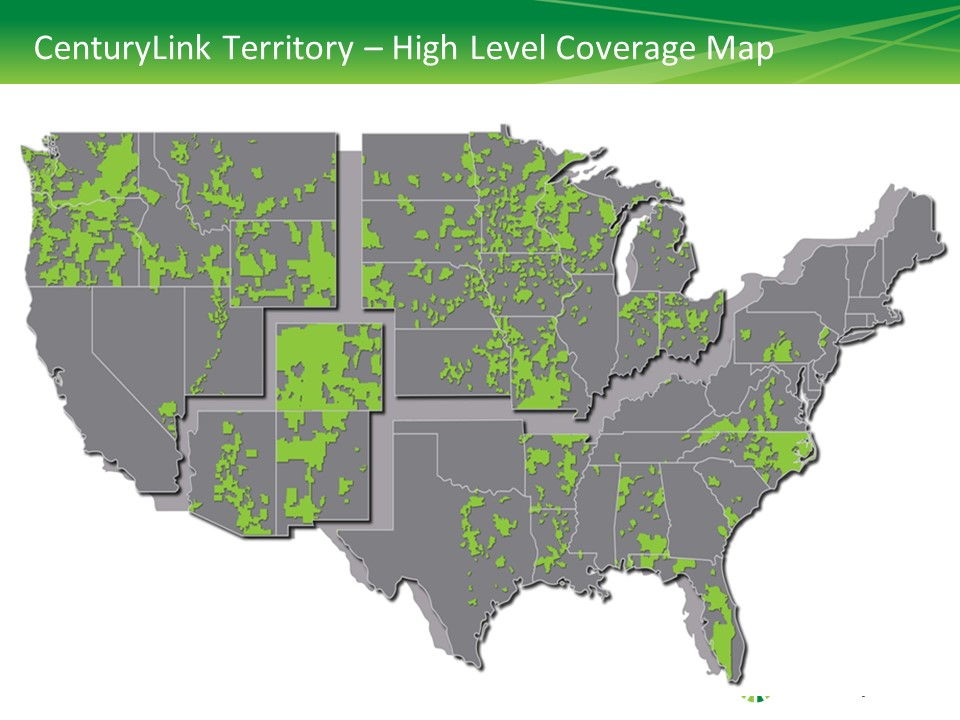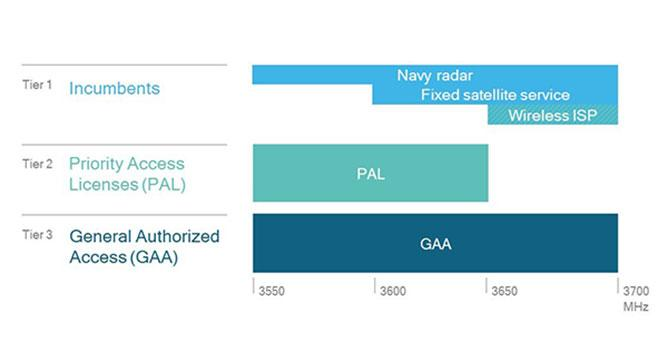CenturyLink seeks a license to conduct fixed testing in the 3.54 GHz to 3.70 GHz frequency band. The testing seeks to understand the viability of new technologies in this band that may be useful in providing fixed broadband services.


 source: Qualcomm
source: Qualcomm
Those frequencies correspond with the Citizens Broadband Radio Service, the new shared spectrum band that could allow CenturyLink and other users to operate with secondary licenses or even on an unlicensed basis.
The CBRS operates in frequencies licensed to government users (Coast Guard and fixed satellite licensees), but will be shared in areas where the primary licensee does not use the spectrum, or uses it only lightly.
That will be helpful for CenturyLink, whose 22-state operating territory includes many areas where spectrum use will be lawful, where there are few other contending users and where it might be possible to operate fixed wireless on an unlicensed basis for internet access services.
The major areas where exclusion zones will not permit usage--or where frequency coordination will be key--are in Florida, the western coasts of Washington and Oregon, as well as North Carolina. That still leaves a huge amount of territory where rural internet access costs have been high, historically, and where fixed wireless using lower-cost or unlicensed spectrum (“free”) can change the business model.
Incumbents have priority rights in all cases. Secondary priority access licenses (PAL) are available on a licensed basis where there is capacity available. Finally, unlicensed use also is possible using the tertiary general authorized access licensing tier.
Most of the capacity will be found in the broad interior of the United States, away from the coasts.
No comments:
Post a Comment